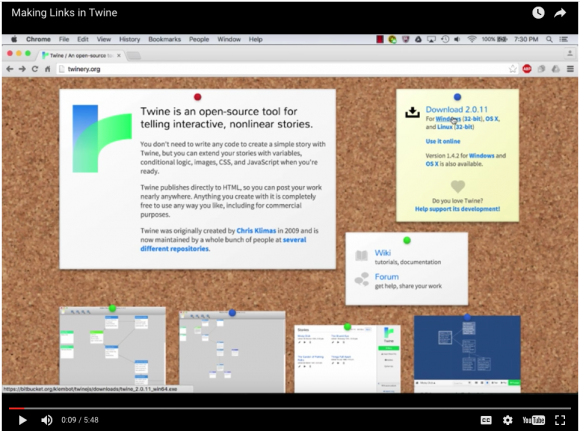I am a huge fan of digital humanities projects like McGann’s Rossetti archive, the William Blake archive, and others (I remember my excitement when the Blake archive was launched). Aesthetically, they’ve come a long way since 1997, and we now have the ability to create digital documents that look similar to the originals through better OCR technology and markdown. But the premise and the general operating procedure are the same now as then.
McGann’s intention was to promote hyperediting and hypertext in this essay, so perhaps it wasn’t the venue to approach these things more critically. Nevertheless, as a [former] literary scholar they raised some questions for me and I’m curious how other people in the class would respond. These pertain mostly to his discussion of individual hyperedited texts, rather than entire archives.
First of all, there is a strange irony in the idea that the most complete way to present a complex textual object, with sequential content and visual components, is as an immaterial, hyperedited set of files. His use of Emily Dickinson’s work as an example is interesting because, if anything, the handwritten, “made space” of her poems would seem to be best encountered on the physical page, perhaps in facsimile. If scholars want to get as close to what they believe to be the “author’s intent,” how can they justify an electronic edition that can only be experienced visually on a screen? Doesn’t that, in effect, completely efface whatever we can know of the author’s intent? (Considering that document markdown wasn’t yet possible in 1997, this particular example is even less convincing. I imagine it would have only been possible to present a static image of the page alongside the transcribed text.)



